Joy Gregory subverts beauty standards with her new exhibition at Whitechapel Gallery
Unrealistic beauty standards hide ugly realities in 'Joy Gregory: Catching Flies with Honey '
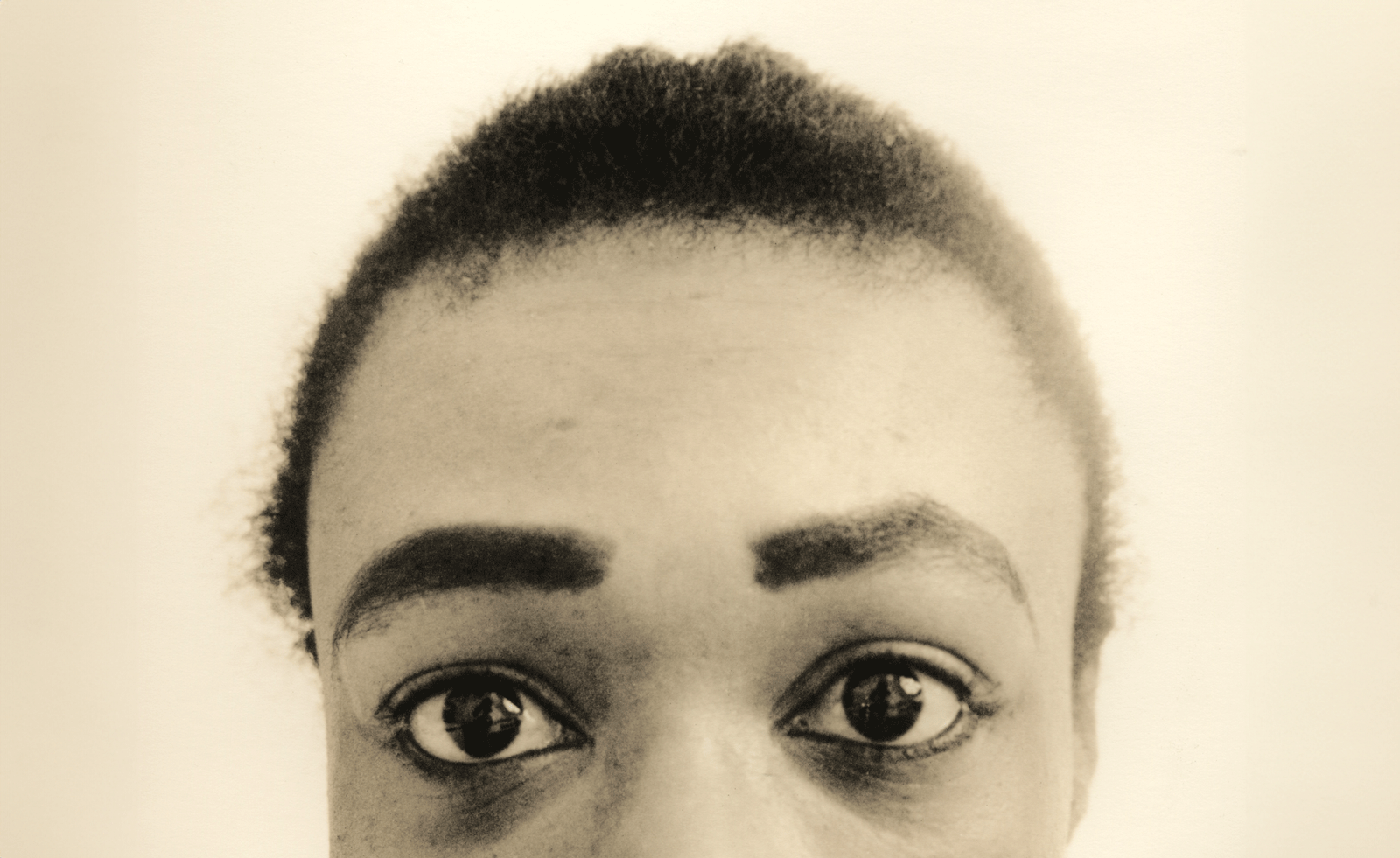
It is apt that Joy Gregory’s first major survey show at the Whitechapel Gallery should take its title from a proverb said by her mother. In every room, her words – ‘you catch more flies with honey than vinegar’ – ring true. Here, these honeyed photographs hold a pertinent political message that sticks. Using nineteenth-century photographic processes to explore issues such as race, gender and colonialism, Gregory’s works pack a punch, rendering them all the sweeter for it.
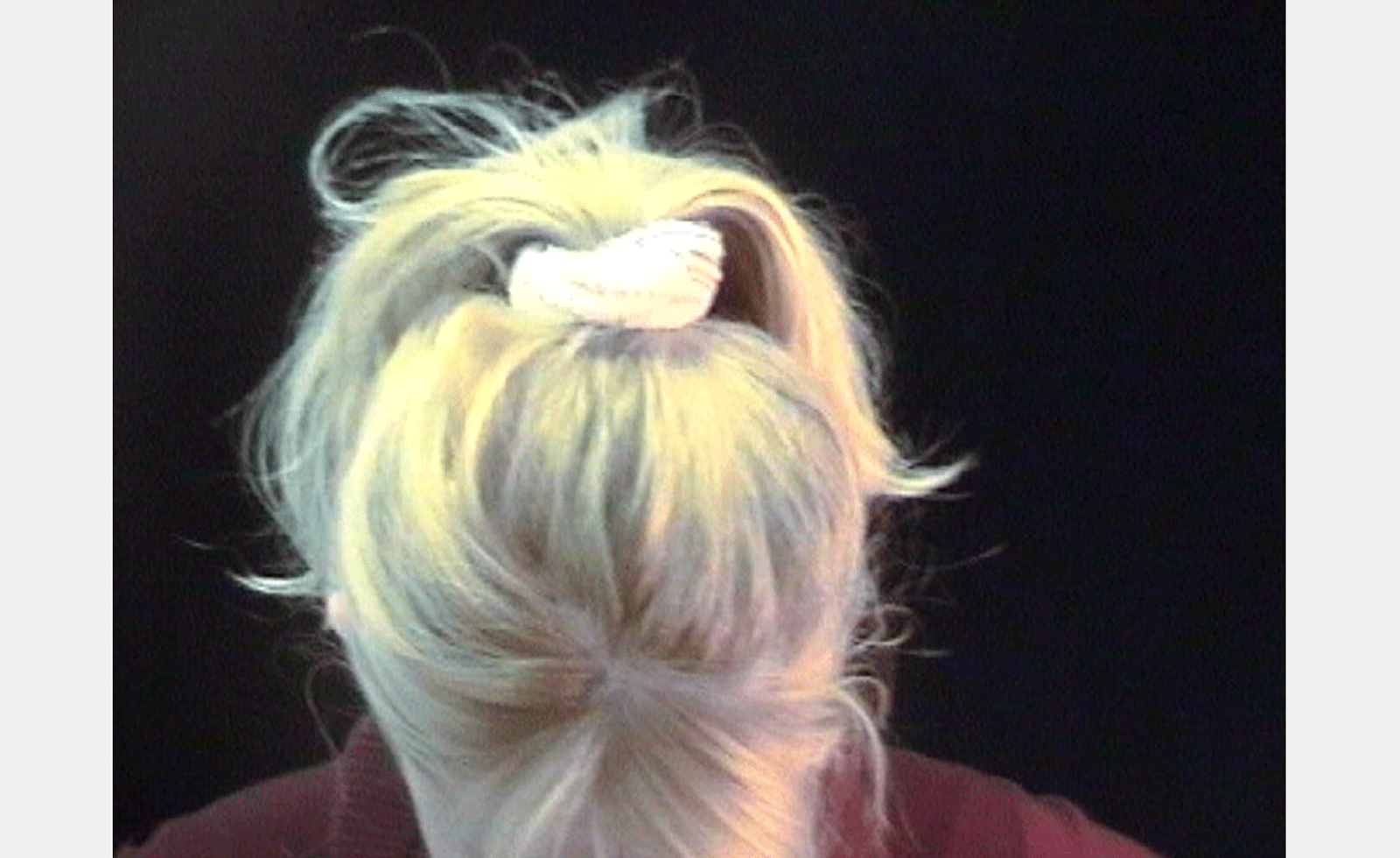
Joy Gregory, Phillippa from the series ‘Fairest’ 1999 – 2010
The subversive power of beauty is evident from the onset of the exhibition and her early series, Autoportrait (1989-90). In a succession of tightly cropped, close-up, silver gelatin prints, a glamorous young Gregory poses and pouts like a cover girl. Captured with Voguish verve and monochromatic chicness, these shots juxtapose the compositional, pictorial and material details of photography with a sharp point about western beauty ideals.
If we are charmed by the reflective gleam of the artist’s metallic drop earrings against the starched fabric of her little black dress, then we are equally disarmed by the unzipped back of said robe, the vulnerable gaze of her kohl-lined eyes or the moment her face is hidden behind her hands. Excluded from many fashion magazines at the time, Black women, Gregory implies, should be seen as the beautiful individuals they are by being placed front and centre(fold). Yet in a world where Black models grace the covers of fashion journals less than their white counterparts, the unease and vulnerability visible in these images still resonate today.
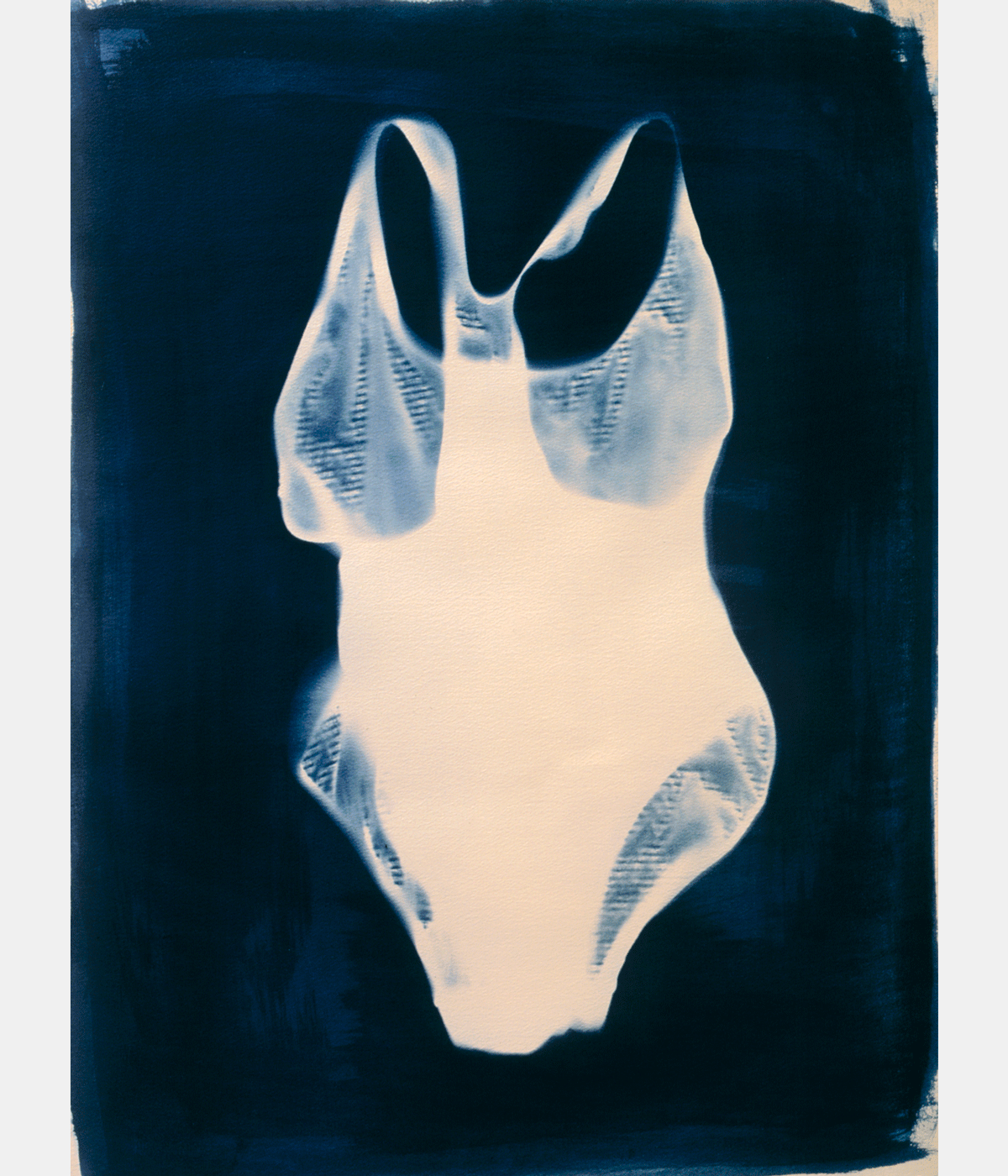
Joy Gregory, Candy Stripe Bathing Costume from series ‘Girl Thing’, 2002 – 2004
Interrogating unrealistic beauty standards through beautiful photography also comes to the fore in two renowned series, Objects of Beauty (1992-94) and Girl Thing (2002-4). If, in the former, the construction of femininity is deconstructed through kallitype prints of hairclips, combs and false eyelashes magnified to monstrous proportions, then the latter’s photograms approach the same issue but with a lighter touch. The hard material objects of Girl Thing go soft, dissolving into ghostly forms against a cyan background. Though no less beautiful and evocative, the trappings of femininity are here stripped down to their poetic essence. Luminous in a sea of deep blue, these ordinary objects become an extraordinary sight to behold.

Joy Gregory, Eyelashes from the series ‘Objects of Beauty’, 1992 – 1995
Beautiful accessories again hide ugly realities in Gregory’s haunting series, The Handbag Project (1998-97). Made during the Truth and Reconciliation Commission following the end of Apartheid in South Africa, The Handbag Project illuminates the dark truth of how wealthy white women exploited Black female domestic labour. Her pictograms of collected luxury bags once belonging to said affluent white women are a sweet riposte to this oppressive era. Appearing a mere shell of its once coveted form, the handbag – or rather, the white female privilege it epitomised – is reduced to a remnant.

Impressive in its scope, skill and sensual sensibility, Catching Flies with Honey demonstrates that beauty can be a weapon and a joy, a trap and a method, but one thing is certain: we’ll be thinking about Gregory’s beautiful works of art, as well as their profound meanings, for many years to come.
Joy Gregory: Catching Flies with Honey is showing at Whitechapel Gallery until 1st March 2026
Receive our daily digest of inspiration, escapism and design stories from around the world direct to your inbox.
-
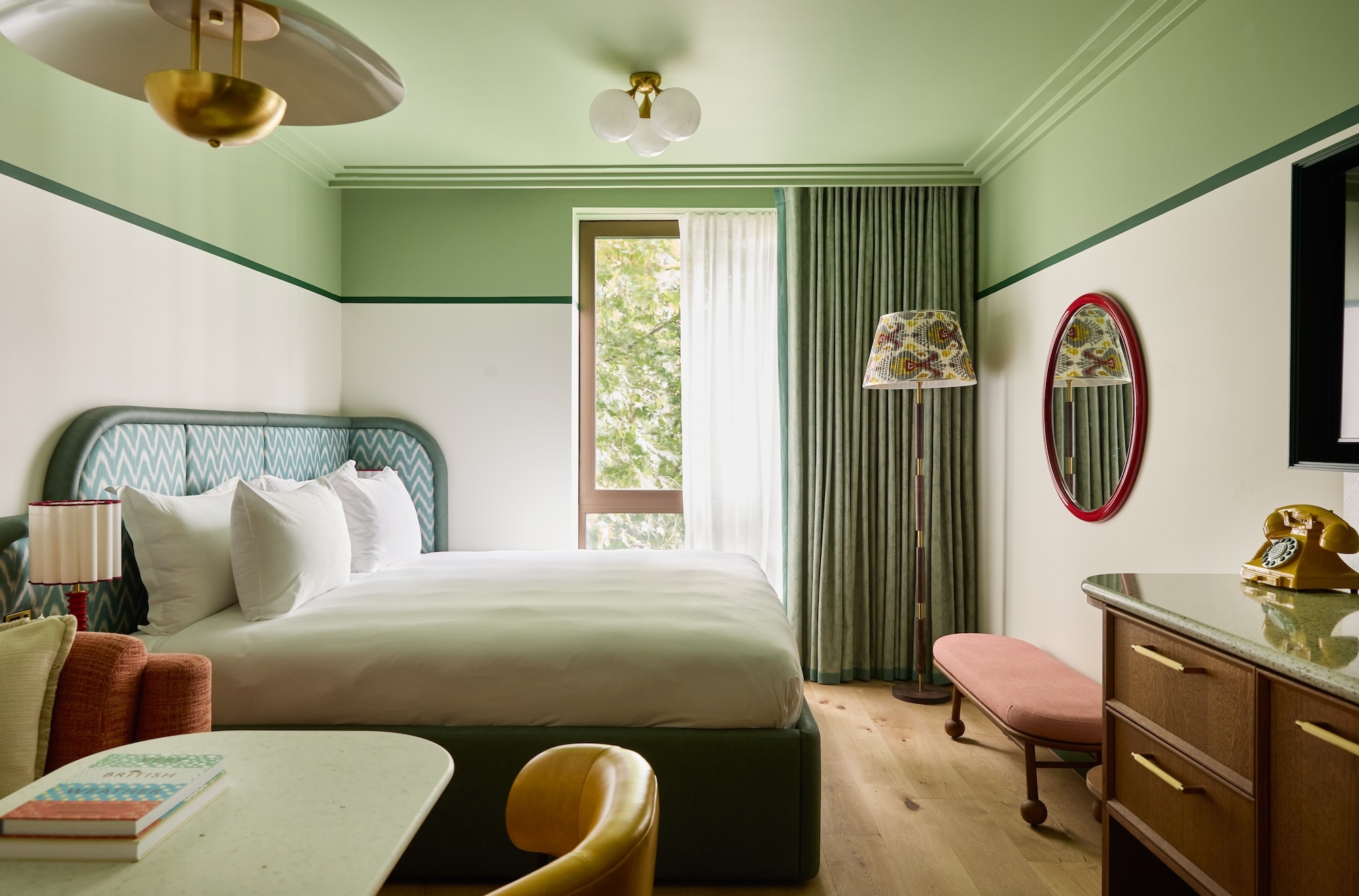 At last: a London hotel that’s great for groups and extended stays
At last: a London hotel that’s great for groups and extended staysThe July London Victoria, a new aparthotel concept just steps away from one of the city's busiest rail stations, is perfect for weekends and long-term visits alike
-
 Three new smartwatches showcase new frontiers in affordable timepiece design
Three new smartwatches showcase new frontiers in affordable timepiece designLong may you run: smartwatches from Withit, Kospet and OnePlus favour function and value above all else, demonstrating just how much the smartwatch has evolved in recent years
-
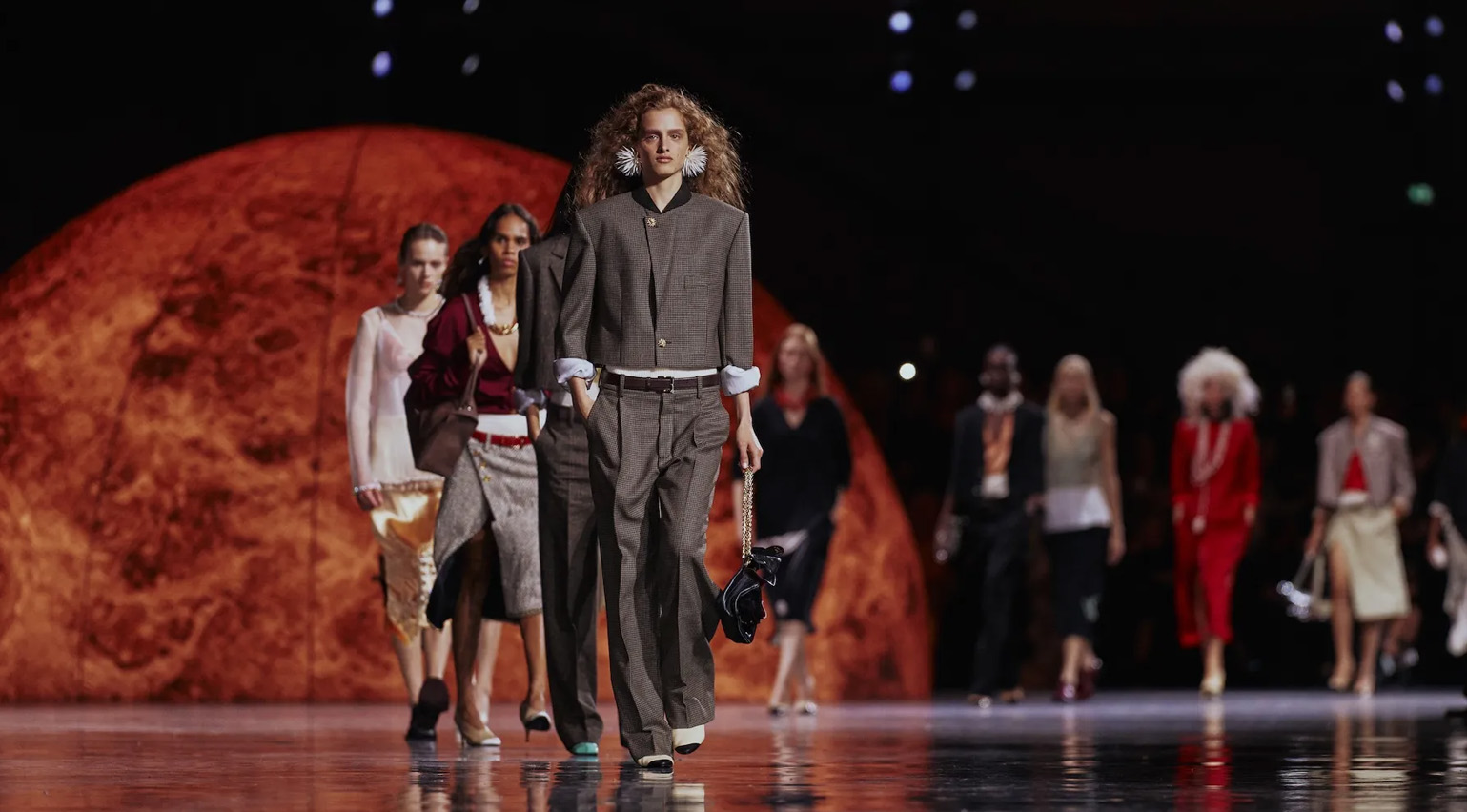 Debuts, dandies, Demi Moore: 25 fashion moments that defined 2025 in style
Debuts, dandies, Demi Moore: 25 fashion moments that defined 2025 in style2025 was a watershed year in fashion. As selected by the Wallpaper* style team, here are the 25 moments that defined the zeitgeist
-
 Out of office: The Wallpaper* editors’ picks of the week
Out of office: The Wallpaper* editors’ picks of the weekFar from slowing down for the festive season, the Wallpaper* team is in full swing, hopping from events to openings this week. Sometimes work can feel like play – and we also had time for some festive cocktails and cinematic releases
-
 The Barbican is undergoing a huge revamp. Here’s what we know
The Barbican is undergoing a huge revamp. Here’s what we knowThe Barbican Centre is set to close in June 2028 for a year as part of a huge restoration plan to future-proof the brutalist Grade II-listed site
-
 Out of office: The Wallpaper* editors’ picks of the week
Out of office: The Wallpaper* editors’ picks of the weekIt’s wet, windy and wintry and, this week, the Wallpaper* team craved moments of escape. We found it in memories of the Mediterranean, flavours of Mexico, and immersions in the worlds of music and art
-
 Each mundane object tells a story at Pace’s tribute to the everyday
Each mundane object tells a story at Pace’s tribute to the everydayIn a group exhibition, ‘Monument to the Unimportant’, artists give the seemingly insignificant – from discarded clothes to weeds in cracks – a longer look
-
 Out of office: The Wallpaper* editors’ picks of the week
Out of office: The Wallpaper* editors’ picks of the weekThis week, the Wallpaper* team had its finger on the pulse of architecture, interiors and fashion – while also scooping the latest on the Radiohead reunion and London’s buzziest pizza
-
 Out of office: The Wallpaper* editors’ picks of the week
Out of office: The Wallpaper* editors’ picks of the weekIt’s been a week of escapism: daydreams of Ghana sparked by lively local projects, glimpses of Tokyo on nostalgic film rolls, and a charming foray into the heart of Christmas as the festive season kicks off in earnest
-
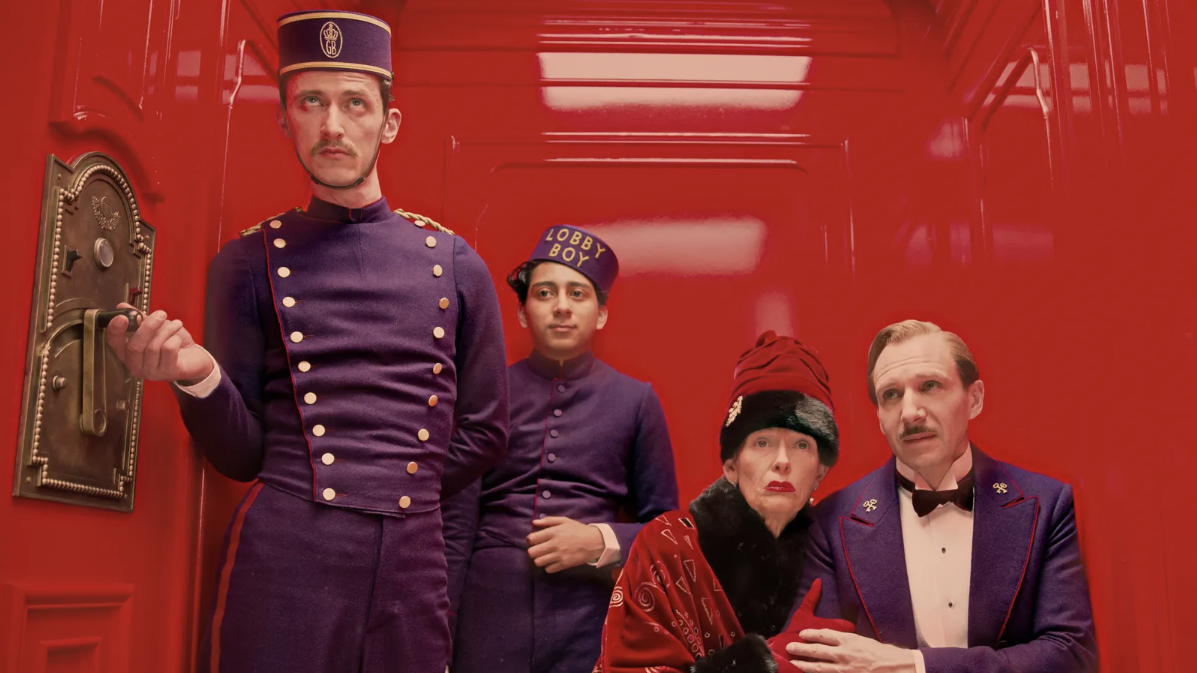 Wes Anderson at the Design Museum celebrates an obsessive attention to detail
Wes Anderson at the Design Museum celebrates an obsessive attention to detail‘Wes Anderson: The Archives’ pays tribute to the American film director’s career – expect props and puppets aplenty in this comprehensive London retrospective
-
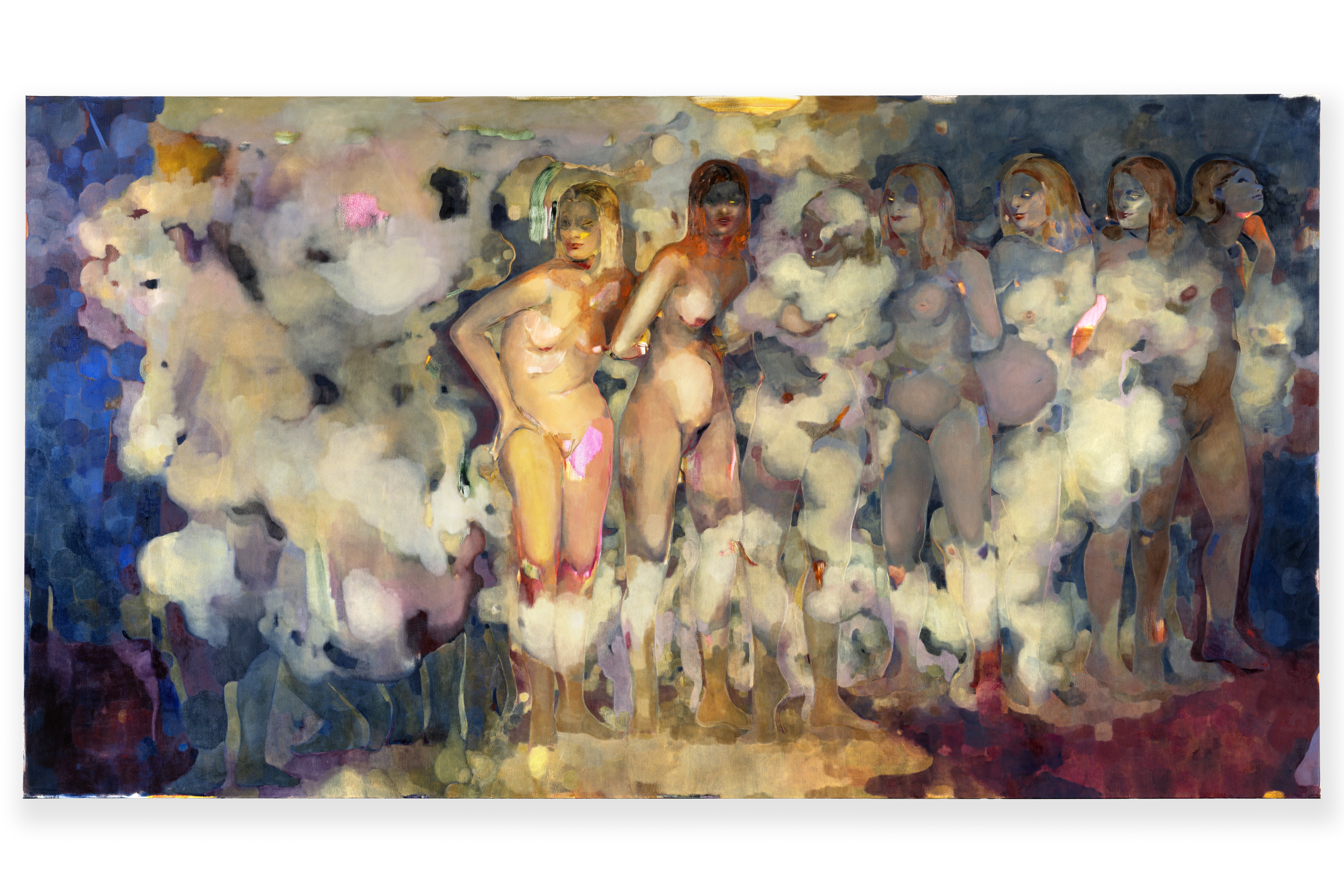 Meet Eva Helene Pade, the emerging artist redefining figurative painting
Meet Eva Helene Pade, the emerging artist redefining figurative paintingPade’s dreamlike figures in a crowd are currently on show at Thaddaeus Ropac London; she tells us about her need ‘to capture movements especially’